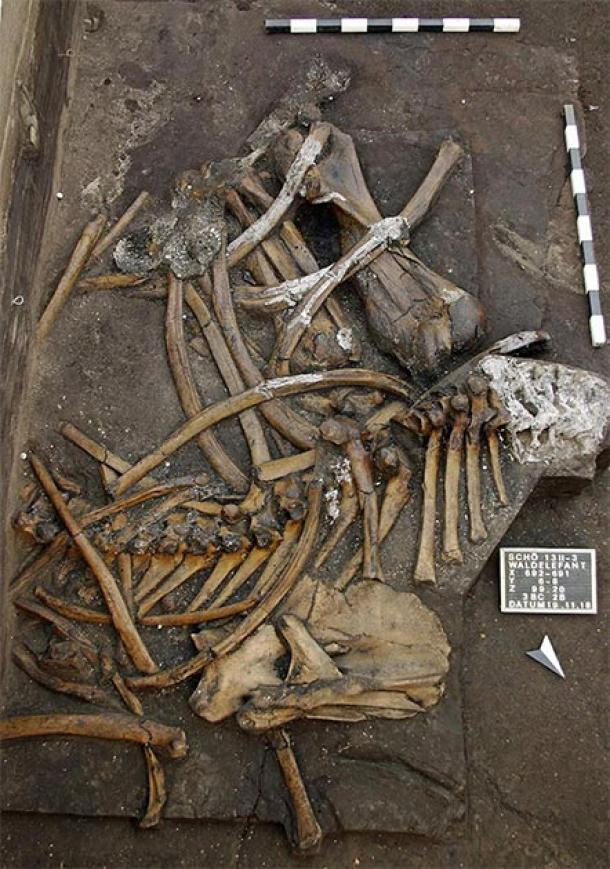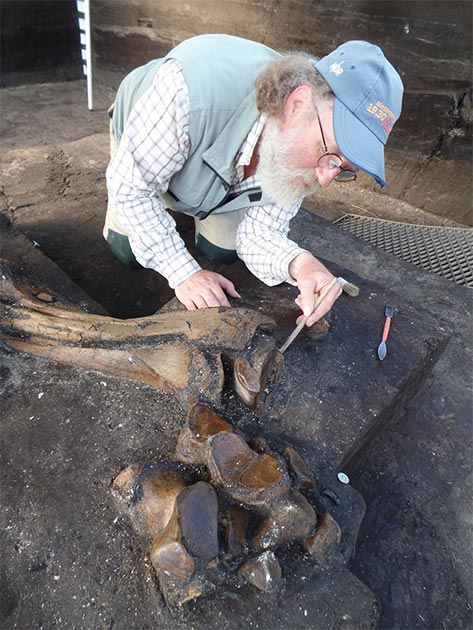Archaeologists in Germany have discovered ancient human artifacts in a cave while analyzing a coal mine outside Schoningen, in northern Germany. They found nine ancient spears, butchered remains of dozens of horses and remains of elephants, which once roamed across Europe.
As the spheres were found to be around 300,000-year-old, researchers believe that they were used by early Neanderthals. The finding also throws shade on the theory that the earliest humans were scavengers, and their hunting capabilities emerged much earlier than previously thought.
After this discovery, the Minister of Science of Lower Saxony, Björn Thümler said that the former Schöningen mine is the first-rate archive of climatic change. The Minister also added that "this must be made even clearer in the future. This is a place where we can trace how humankind went from being a companion of nature to a designer of culture."
Discovery in Germany

The head of the excavation program, Jordi Serangeli explained that the team of researchers found both 2.3-meter-long tusks, the complete lower jaw, numerous vertebrae and ribs as well as large bones belonging to three of the legs and even all five delicate hyoid bones.
He said possibly the Stone Age hunters used to cut meat, tendons and fat from the carcass. "With the new find from Schöningen we do not seek to rule out that extremely dangerous elephant hunts may have taken place, but the evidence often leaves us in some doubt," he noted.
After the complete analysis of the newly found remains of elephants archaeozoologist, Ivo Verheijen said researchers are able to conclude that the animals were killed by hunting. He also added that the analysts of a slaughtered animal revealed that it had a shoulder height of more than three meters and weighed nearly seven tonnes, which means "it was larger than today's African elephant cows." As per Verheijen, "Elephants often remain near and in the water when they are sick or old. But several bite marks on the bones show that carnivores visited the carcass."
Hunting by Neanderthals

A Serbian cave, known as Chagyrskaya Cave, was first excavated in 2007 from where archaeologists discovered around 90,000 stone artifacts and the remains of plants and animals, as well as 74 Neanderthal fossils. The Russian Academy of Sciences has conducted analysis on more than 3,000 stone tools discovered from the cave inside the deep forest in Siberia located at the foothills of the towering Altai Mountains.
The analysis revealed that the artifacts were used during a cold and dry climate. These tools would have been used by the Neanderthals for hunting bison and horses in ancient times. The study of these tools, which date back to 59,000 to 49,000 years ago, indicated the similarity with Micoquian tools, named after the La Micoque site in Dordogne, France, that was used by Neanderthals in Eastern Europe, about 1,000 miles to the west of the Siberian cave.









